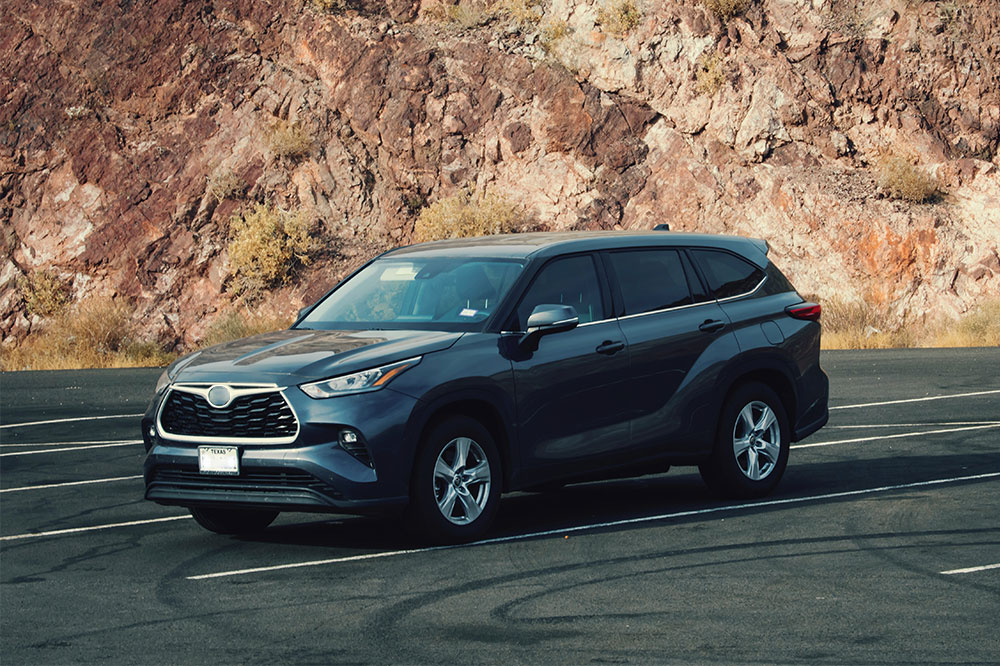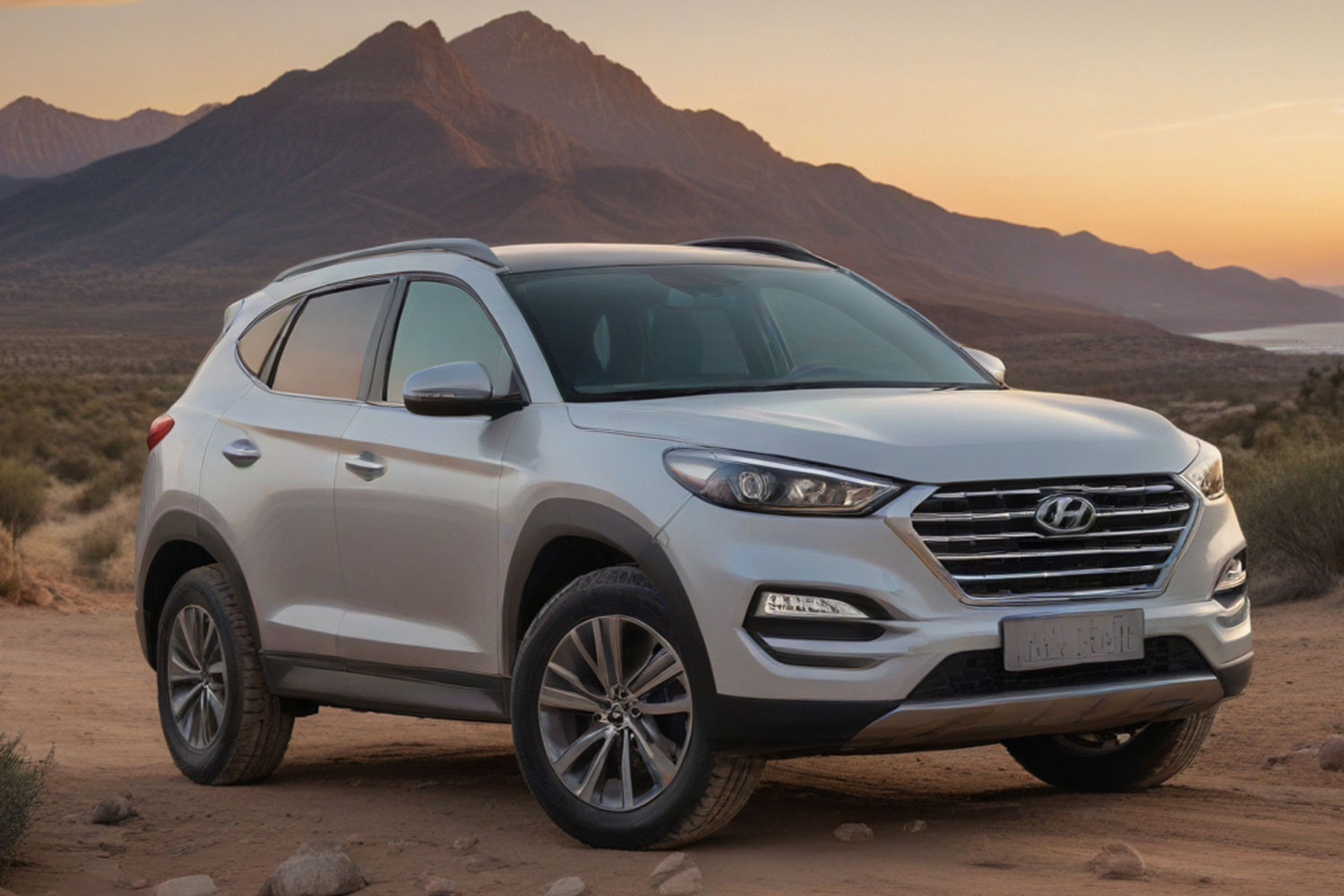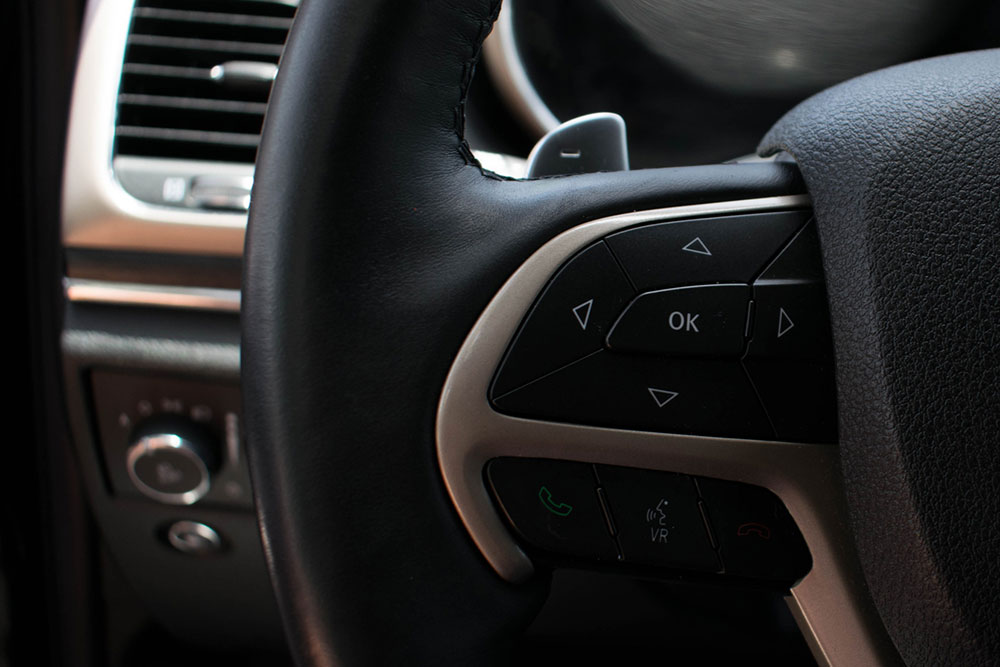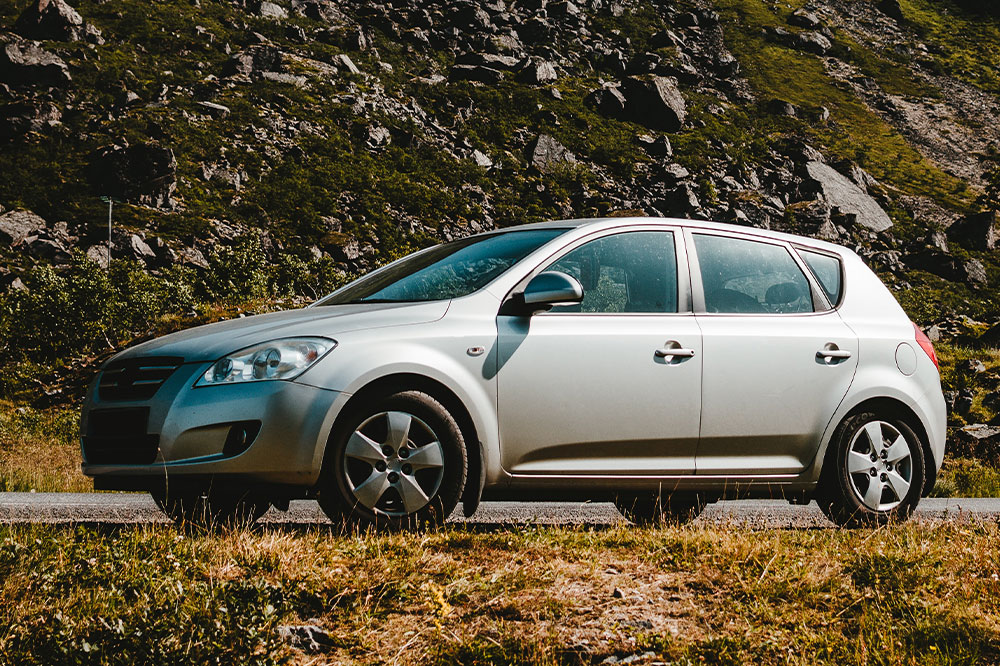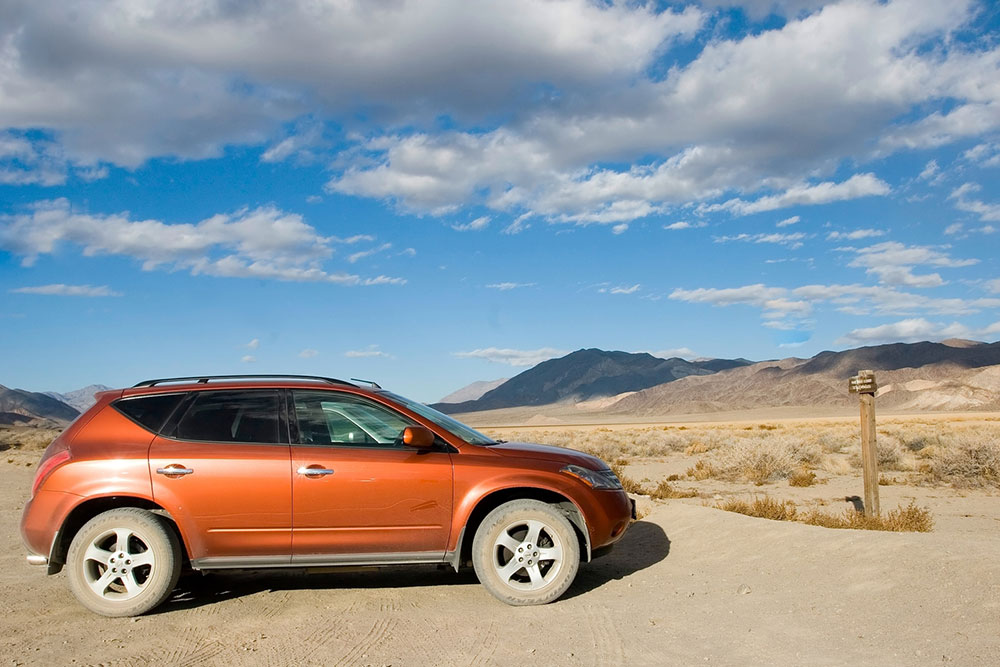Comprehensive Guide to Choosing Between Compact and Midsize SUVs: Key Factors and Insights
Choosing the right SUV involves understanding the differences between compact and midsize models. Compact SUVs excel in agility, affordability, and fuel efficiency, making them ideal for city driving and daily commutes. Midsize SUVs offer more space, comfort, and versatility for larger families and road trips, though at a higher cost. This detailed guide explores critical aspects such as size, capacity, cost, and performance to help buyers make well-informed decisions based on their specific needs and lifestyles.

How to Decide Between Compact and Midsize SUVs: Essential Factors You Should Consider
Selecting the right SUV type — whether a compact or a midsize — can be a complex decision for many consumers. With a variety of models available, each offering different features, sizes, and capabilities, understanding the core differences is crucial to making an informed choice. An ill-suited vehicle might lead to issues like inadequate space or excessive size, both of which can impact daily usability and cost efficiency. This comprehensive guide aims to clarify the distinctions, benefits, and drawbacks of each SUV category, empowering you to select the vehicle best suited to your lifestyle and needs.
When comparing compact and midsize SUVs, four critical aspects should be considered: size, seating capacity, cargo space, and cost efficiency. Compact SUVs, known for their agility and urban maneuverability, typically seat five passengers comfortably. Their smaller footprint makes them ideal for navigating crowded city streets and parking in tight spaces. They also tend to be more affordable and fuel-efficient, making them an excellent choice for budget-conscious consumers interested in daily commuting.
Midsize SUVs, on the other hand, emphasize interior space and versatility. Usually equipped with two or three rows of seats, they accommodate larger families or groups effortlessly. Their larger cargo areas are ideal for transporting bulky items, luggage, or recreational gear. Although midsize SUVs can be more expensive and consume more fuel, they offer significant advantages in comfort and practicality for road trips, outdoor adventures, and extended family outings.
Beyond size and capacity, other factors such as safety features, technological amenities, and long-term cost of ownership can influence your decision. For instance, midsize SUVs often come equipped with more advanced safety and entertainment options due to their larger size and market positioning. Nonetheless, compact SUVs are increasingly offering comparable features, closing the gap in convenience and comfort.
Size, Performance, and Fuel Efficiency
The size differentiation between compact and midsize SUVs impacts their performance dynamics and fuel usage. Compact SUVs are built for efficiency and ease of handling, especially suited for city driving, parking, and short commutes. Their lighter weight typically translates into better fuel savings, with some models offering 15-20% lower fuel consumption compared to larger midsize SUVs.
Midsize SUVs, with their larger engines and increased weight, provide enhanced power and stability, making them suitable for highway driving and towing. While their fuel economy may be lower, the trade-off is reflected in their ability to carry more passengers and cargo more comfortably.
Cost and Maintenance Considerations
Price is often a decisive factor for buyers. Compact SUVs generally come with a lower starting price, making them more accessible for first-time buyers or those with a limited budget. Additionally, their maintenance and insurance costs tend to be lower, contributing to overall affordability.
Midsize SUVs, being larger and often more equipped, command higher purchase prices and potentially increased costs for repairs and insurance. However, their capacity and features may justify the investment for families and individuals needing more space and utility.
Making the Right Choice
To determine the best fit, evaluate your daily driving habits, passenger requirements, cargo needs, and budget. Consider long-term ownership costs and whether the vehicle’s size aligns with your lifestyle — whether it’s urban commuting or family road trips. Test-driving both categories can also provide valuable insights into comfort, handling, and convenience.
Ultimately, the choice between a compact and midsize SUV hinges on balancing practicality, budget, and personal preferences. By understanding these key factors, you can select a vehicle that offers optimal performance, comfort, and value for years to come.

